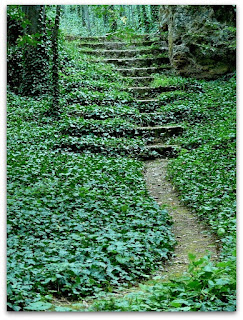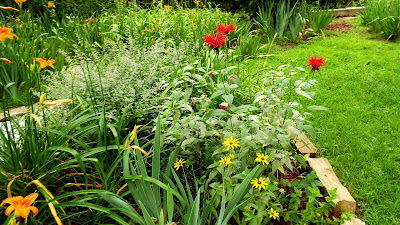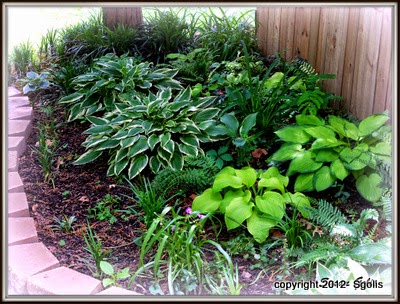Many people are collectors of irises. They buy unique flowers yearly and are delighted when they get a unique color. If you have not added the royal blue batik iris to your collection then you are missing out because this flower is like no other Iris that you have seen before.
The only words that come to mind are exotic and beautiful. Each flower has multiple blooms that will not disappoint you. Several years ago I bought the Batik iris collection online. The flowers came from Breck’s online Nursery and I have no idea if they still carry this unique iris, but it is well worth your effort to search for these irises at their online store. As I recall I bought the collection in the fall for spring shipping. Maybe they still carry the batik irises, I do not know.
In my collection I have two purple irises; Gnu Flash and Royal Blue Batik, then Tiger Honey (gold color with white), and a pink and white one called Baboon Bottom.
Here is a photo of my Baboon Bottom iris
Here is a photo of my Baboon Bottom iris
The batik irises look fantastic when grown in masses. If you start with 5 flowers then know that this iris does multiple annually so plant them where they have room to grow otherwise you will be dividing them every few years.
Note unlike other irises this flower thrives in full sun to part shade and they choke out weeds. A very hardy iris that is not fussy about soil and is pest, disease, and deer resistant.
Batik irises... are my favorite flower in my garden. I just love them. Do you grow batik irises? Here is a video that will show you how to grow irises.


















